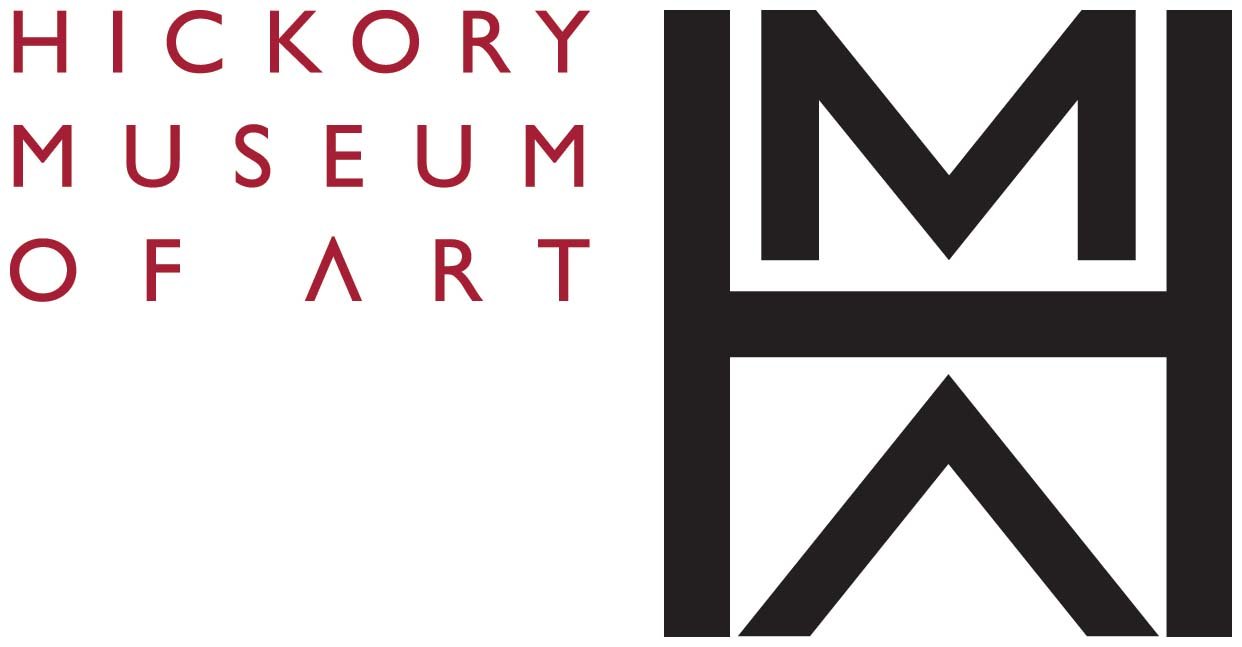Samuel Colman (1832-1920)
Coleman's Venice Moonrise is unusual for him because it shows a place at night and also a heavily populated city rather than unpeopled nature.
Samuel Coleman was one of America’s pioneer watercolorists, and he also worked in pastels, etchings such as Durham, England (below) and oils such as the 1885 Venice Moonrise (on left). His feelings for the beauty of landscapes were so intense that in his sixty-year career he became one of the most widely traveled American artists of his time in his constant search for new inspirations for his art. At the same time, his painting style shared with others of the Hudson River School the 19th century belief that depicting Nature was more a matter of mirroring the sublime presence of the Almighty than a matter of where you painted.
Samuel Colman (1832-1920)
Durham, England
etching
Museum purchase, 1981.46
The prolific Coleman spent his early life in Portland, Maine, where his father was a bookseller and publisher and his mother Pamela Chandler Colman wrote children's books that remain available today. The family moved to New York City while Coleman was still a child, and his father opened a bookstore there while Coleman's uncle, his father's brother, ran an art supply and picture framing business.
The family spent summers in the New Hampshire White Mountains, where the young Coleman would have been exposed to other landscape artists. Coleman himself is believed to have studied briefly under the Hudson River school painter Asher B. Durand (whose work is also represented in the HMA collection), though he does not appear to have had any other formal artistic training. He exhibited his first work at the National Academy of Design in 1850, at the age of nineteen.
Undated portrait of Colman by George Henry Yewell (1830-1923) in the National Academy Museum. (Pinterest)
Colman quickly built a following among art collectors in New York, and was an active member of the New York City art scene between his travels. He helped form what became the still active American Watercolor Society, serving as its first president from 1867 to 1870. In 1879 he started a second successful career as a designer of furniture and interiors together with Louis Comfort Tiffany and others. He also continued to paint, including late in life the views of the New York City skyline he saw from his Central Park West apartment.
In March 1956, Wilford Conrow wrote to Paul Whitener that he, Conrow, would attend the Parke-Bernet Gallery sale that spring of works that had been de-accessioned by the Metropolitan Museum of Art, because "I can think of no-one who knows [better] what you have already at the Hickory Museum and should have to supplement ... than myself." (In that judgement he was no doubt correct at that time.) He obtained thirteen works from the sale for HMA, including Colman's Venice Moonrise. The cost for all thirteen was funded by A. Alex Shuford. Venice Moonrise has since received relatively minor restorative treatment twice (in 1976 and 1985) to keep it healthy.
Venice Moonrise and Durham, England are two of the works featured in the new HMA show (January 13 - March 11, 2018) "Playing with Light: Reflections from the Hickory Museum of Art Collection." The show illustrates how artists use many different surfaces to depict reflections: water, mirrors, windows, and even spoons. It is also a reminder that HMA has collected artwork since its inception and continues to collect.
The principal source for biographical information in this post is Maribeth Flynn's catalog introduction to a 1999 sale of Samuel Colman's still sought and valued work. Other information is from HMA's files.
Post by Karin Borei, HMA Project Coordinator, writer and editor as needed, and HMA blogger since March 2015.




